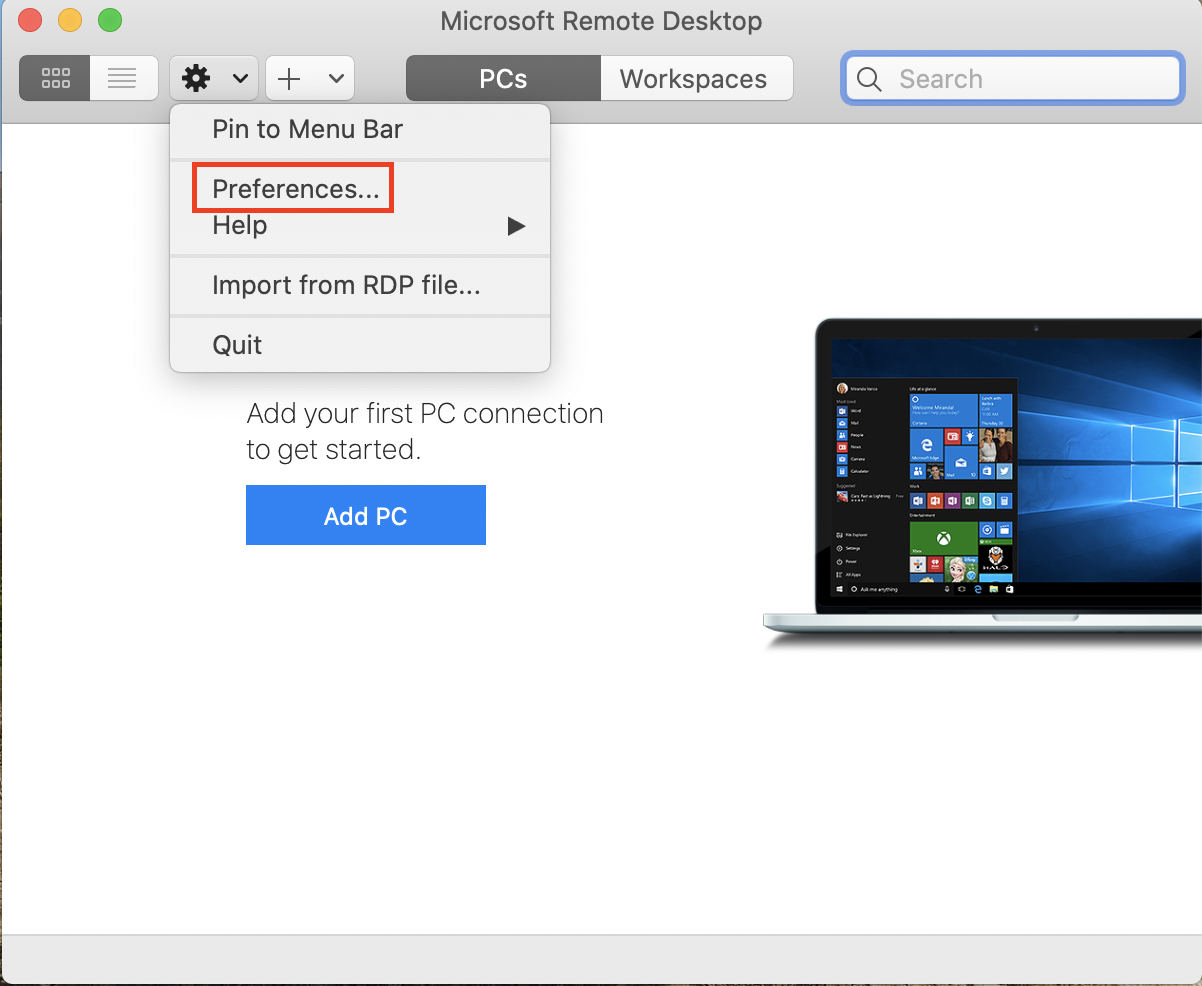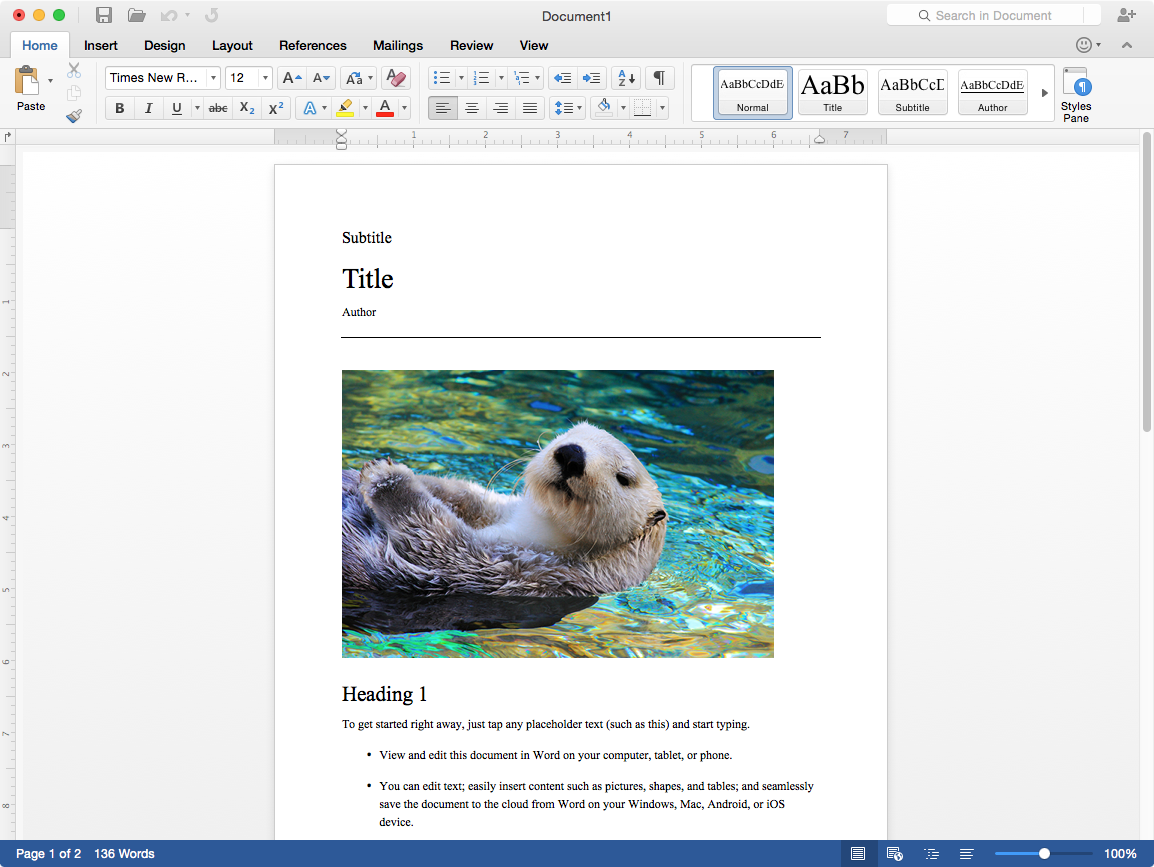


Microsoft’s mechanism of hammering fonts into pixels means that they don’t really mind using thinner lines to eliminate blurry edges, even though this makes the entire paragraph lighter than it would be in print. This is especially significant when you consider how dark a block of text looks. The nice thing about the Apple algorithm is that you can lay out a page of text for print, and on screen, you get a nice approximation of the finished product. The difference originates from Apple’s legacy in desktop publishing and graphic design. Otherwise it’s going to look different and wrong.) (Note: To see the following illustration correctly, you need to have an LCD monitor with pixels arranged in R,G,B order, like mine. Apple’s fonts are indeed fuzzy, with blurry edges, but at small font sizes, there seems to be much more variation between different font families, because their rendering is truer to what the font would look like if it were printed at high resolution. Now that Safari for Windows is available, which goes to great trouble to use Apple’s rendering algorithms, you can actually compare the philosophies side-by-side on the very same monitor and see what I mean.

Microsoft generally believes that the shape of each letter should be hammered into pixel boundaries to prevent blur and improve readability, even at the cost of not being true to the typeface.Apple generally believes that the goal of the algorithm should be to preserve the design of the typeface as much as possible, even at the cost of a little bit of blurriness.Today, both companies are using sub-pixel rendering to coax sharper-looking fonts out of typical low resolution screens.
Microsoft fonts for mac os x how to#
Apple and Microsoft have always disagreed in how to display fonts on computer displays.


 0 kommentar(er)
0 kommentar(er)
